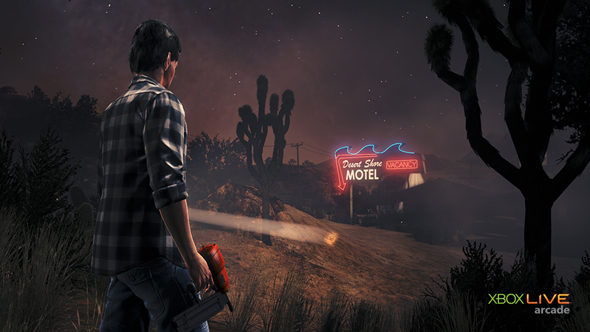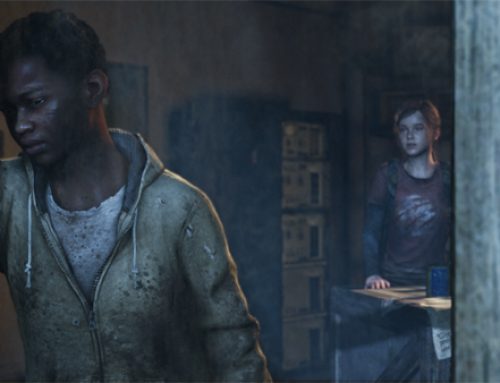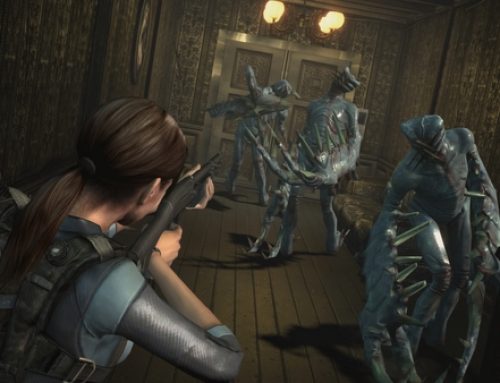
"Alan Wake's American Nightmare" is set in Arizona, a dramatic change in setting from "Alan Wake's" Pacific Northwest logging town.
With the downloadable “Alan Wake’s American Nightmare,” Remedy Entertainment has done what it should have done all along with “Alan Wake,” its 2010 game about a novelist grappling with supernatural forces in the Pacific Northwest.
Though the original game took about a dozen hours to complete, it was organized into TV-show-style episodes that each lasted a couple of hours. It was fun to play as a disc-based retail release, but in some ways it felt like a missed opportunity. Rather than serve up a disc-based game, Remedy and publisher Microsoft could have released each episode as a stand-alone adventure, ending each with a teaser for the next installment. (That’s what Remedy did with “The Signal” and “The Writer,” two downloadable add-ons that essentially served as mini-sequels.)
In that respect “American Nightmare,” a $15 downloadable title that stands alone, is a step in the right direction, even if it’s not a proper sequel. It stars the writer in an episode of “Night Springs,” the “Twilight Zone”-style TV show from the first game. Trapped in an alternate dimension at the end of “Alan Wake,” the titular writer emerges into our world in Arizona to do battle with Mr. Scratch, a sinister look-alike who took Wake’s place in the real world at the end of the previous game.
The shift in setting from a Pacific Northwest lakeside logging town to the dusty, sparse desert of Arizona injects a feeling of freshness. The game’s story does a nice job of justifying the new setting, and hints at other exotic locales in future games, positing that Wake is able to encroach on our world in places where the boundaries between dimensions are weak.
Gameplay-wise, “American Nightmare” plays similarly to its predecessors, with Wake battling dark forces known as the Taken with a flashlight and gun. (The flashlight, in the left hand, is used to strip away a layer of protective darkness that envelops enemies, while the gun finishes them off.) Some new enemies, such as one that can shift into a Hitchcockian swarm of crows, help avoid the feeling that you’re playing the same game all over again.
Though the visuals and voice acting from secondary characters doesn’t seem as good as what we got in the retail game, “American Nightmare’s” dialogue and scenario writing is sharp and frequently entertaining. Secondary characters’ reactions as Wake explains the game’s bizarre goings-on, and the differences between himself and Mr. Scratch, are frequently entertaining.
That said, “American Nightmare” spends a lot of time explaining what the heck is going on, presumably because Remedy is trying to cater to new players as well as fans of the original game. As in “Alan Wake,” manuscript pages hidden throughout the levels flesh out the narrative.
Some of this exposition could have been better handled via some kind of “Previously in ‘Alan Wake’” video, a tack Remedy took at the start of each episode in the retail game. That way, those of us already familiar with Wake’s world would be spared the extra explanations. But it’s a minor quibble.
The biggest beef some players will have with the game is that it places Wake in a temporal loop, forcing us to replay the game’s three levels, each time learning a little more about how to stop Mr. Scratch. (Mercifully, subsequent play-throughs are shorter and condense Wake’s list of chores to complete.)
An “arcade mode” adds a little life to the title, having players take on waves of Taken in a style slightly reminiscent of “Gears of War’s” Horde or “Call of Duty’s” Zombies modes.



